SEARCH






|
|
|
|


by Editor Rob Darby
Edited and published by Yvette Depaepe, the18th of February 2022
'Back Home' by Filippo Manini
'Izagaonda (Navarra) infrared' by Martin Zalba
'Irenkowo' by Piotr Krol (Bax)
Imagine an alien world of pale lavender leaves and gold fields, or bright bronze trees under a steel blue sky, or even magenta-hewn shrubs surrounded by copper-toned wheat, or portraits where the model’s skin is ghostly translucent, waxy, and unblemished. The surreal look of an infrared image is hard to mistake and it has its share of detractors, but one cannot deny its uniqueness and, therefore, its artistic appeal. It opens up a door into false colour and creative effects that no other genre provides.
'Ice and Fire' by Jure Kravanja
'Chateau de Truyes IR' by Jean-Baptiste Barbier
First, some physics may be helpful for understanding infrared photography and why it creates such unique looks.
'Iribas water mill' by Martin Zalba
'Frosty Cabin' by Alida Jorissen
'Chesterton Windmills' by Nigel Snape
As many of us may remember from high school physics class, light is made up of waves. These waves are, like an ocean, of varying wavelengths. Our eyes can see wavelengths from roughly 400-700nm, but our digital camera sensors are able to capture light in shorter and longer wavelengths, generally 300nm-1200nm. What we “see” in our raw files or .jpegs is but a subset of the information that crashes onto our camera lenses. The sensors of a standard digital camera cut out light from the non-visible parts of the spectrum using built-in internal filters to preserve the colour fidelity of “normal” photography.
'Lonely (infrared)' by Martin Zalba
'Araucária 2021 infrared' by Adhemar Duro
Infrared photography involves the capture of light information in the “near infrared” range of 700nm to 1200nm, longer wavelengths than are visible to the human eye, and there are various ways of achieving this:
Infrared film (for film cameras)
IR film is hard to find and has limitations and complications like focus and exposure control. It also requires special processing techniques.
'Abandoned (IR)' by Rob Darby
Digital camera with an Infrared filter placed on a lens.
This was how I first started shooting infrared images. Infrared filters are very opaque and filter as much as 10+ stops of light, so this requires long exposures. Thus, a tripod is necessary.
'Lunar Surf Graveyard' by Paulo Abrantes
Infrared converted camera.
Here, the internal IR filter of a DSLR is removed and replaced with an IR pass filter. This allows IR wavelengths to reach the camera sensor where it is stored in the raw files. The advantage of a converted camera are many: shorter exposure times since dense filters are not necessary. Images tend to be sharper and exposures are easier to control.
'Athens Olympic Stadium IR' by George Digalakis
There are many types of IR conversions: the increasing popular “full spectrum” allows for greater artistic options by using lens filters that control the wavelengths that pass through to the camera sensor. Full spectrum conversions capture more information, but allow for the flexibility of adding filters that focus on certain wavelengths and, therefore, produce different artistic effects.
'Infra Kings' by Oli & Steph Prince
'Brothers in a Little Rain' by Jun Zuo
'Olive' by Martin Zalba
There are also conversions that are specific to wavelength: 550nm – 850nm. The most popular is likely the 720 nm and the aforementioned “full spectrum” conversions. If you find your interest is only in high contrast monochrome IR images, then the 850nm version may be the right one for you.
'Bodie' by Rob Darby
'Where Shadows Lie' by Paulo Abrantes
'Magdalena's bridge. Pamplona (infrared)' by Martin Zalba
I won’t go into the technical, post-processing steps required to create an IR image, but it is more involved than Lightroom sliders. There are many tutorials available that can be found online. So why bother with all of the technical hurdles required to create Infrared images? This is a legitimate question and one that can only be answered individually. But a survey of the many excellent infrared published and awarded images on 1X.com including the excellent and wildly creative work of Martin Zalba and others represented in the images chosen for curation should give you a feel for the many directions that infrared photography can take you: whimsical and dramatic false colour landscapes, high contrast monochrome IR images where foliage glows bright white and the drama of a sky can be accentuated, to portraits where models appear translucent and alien. The possibilities are exciting and the results can transcend the ordinary by inviting the viewer to see the world in a different way.
'don't go' by Christoph Hessel
'picnic' by Piotr Krol (Bax)
'Veins' by Mel Brackstone
So, infrared photography is literally like reaching into the invisible and pulling back “light information” that allows the photographer to create a world that is unencumbered by reality. It is what I imagine another inhabited world, in another galaxy, might look like. After all, why wouldn’t the eyes of an alien be sensitive to different wavelengths of light than ours depending upon the type of light emitted by their sun? So perhaps, the sky on a faraway planet might appear to be purple, and leaves gold and red, and the skin of alien beings white with purple veins just beneath the surface of their skin.
'Infrared' by Akio Iwanga
'On the Edge' by Mel Brackstone
n/t by Lee
There is no way to know whether such worlds exist, at least not yet, but we can nevertheless create these effects on this planet and transport the viewer into an alternate version of reality that is only limited by our imaginations.
'Aporia in infrared' by sara jazbar
'Migration' by David Senechal Photographie (polydactyle)
'Silver World' by Akira Nagase
'Storm Silo 002' by Rob Darby
'Simply balloon' by Marcel Rebro
 | Write |
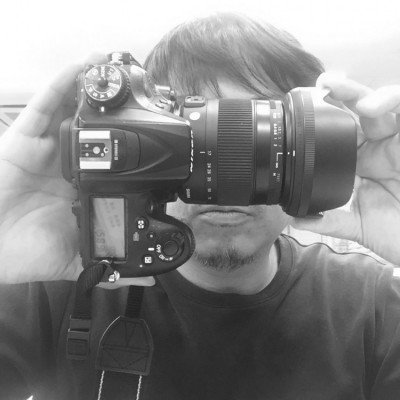 | Akira Nagase PRO Thank you for posting my photos in such a great article. |
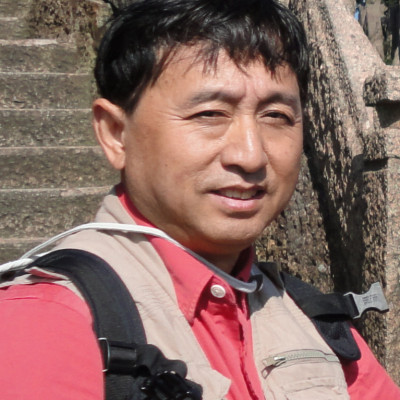 | Jun Zuo PRO Thank you very much, Bob and Yvette, for selecting my photo for this interesting article. It is a great and beautiful set of images. |
 | Rob Darby PRO Thank you, Jun. |
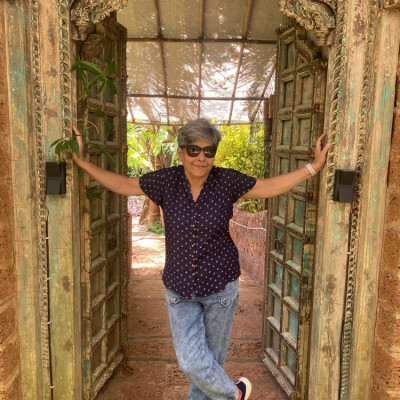 | Anita Singh PRO Absolutely stunning compilation….congratulations to all Photographers |
 | Rob Darby PRO Thank you, Anita |
 | Cicek Kiral CREW Very inspiring...Thanks to all photographers and to dear Yvette for this great compilation... |
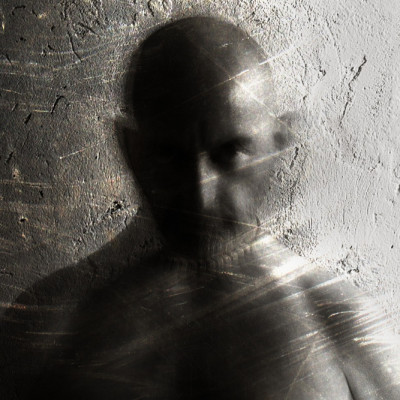 | Filippo Manini PRO Ottimo articolo. Onorato di aver contribuito con un mio scatto. Il mondo dell'infrarosso è davvero un mondo magico e divertente. Grazie per la pubblicazione (tra l'altro, mi ha permesso di scoprire nuovi colleghi..) |
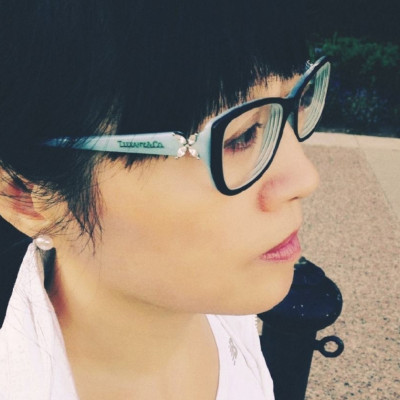 | Yanyan Gong PRO Unbelievable! Thank you for this eye-opening and informative article! |
 | Rob Darby PRO Oh are most welcome. Glad you enjoyed it. Thank you to Dear Yvette for her fine editing. |
 | Miro Susta CREW Thank you very much for this interesting and educative article, I never went to infrared photography but after reading this I will try one day. Nice selection of lovely images, congratulations to all authors. And many thanks to Yvette for editing and publishing it. |
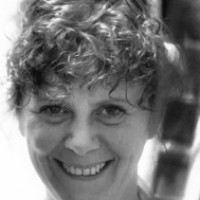 | Yvette Depaepe CREW Thank you, dear Miro ;-) |
 | Yvette Depaepe CREW Not only a most interesting subject and well written article, Rob. But too, a fabulous selection of wonderful images. Thank you very much and congratulations to all the authors. |
 | Rob Darby PRO Thank you, Yvette. Your fine editing improved the writing tremendously. Thank you, as always for the opportunity! |
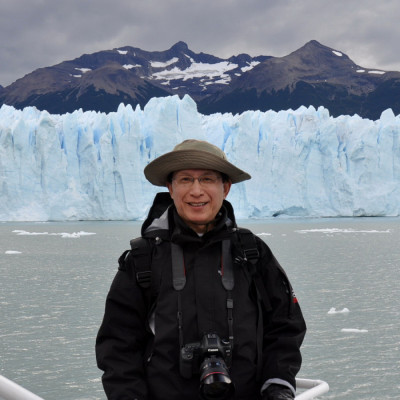 | Raymond Ren Rong Liu PRO Excellent and impressive images! Great artistic effects ! |
 | Rob Darby PRO Thank you Raymond! |
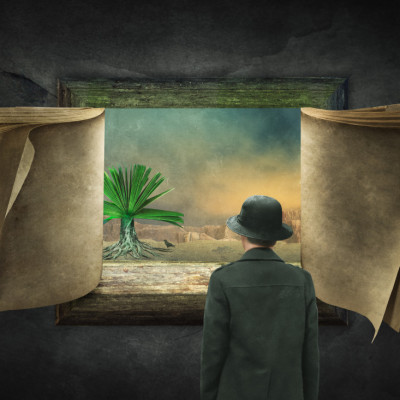 | Huang 喜欢红外摄影的照片独特色彩,非常感谢! |
 | Huang 很感兴趣!感谢! |
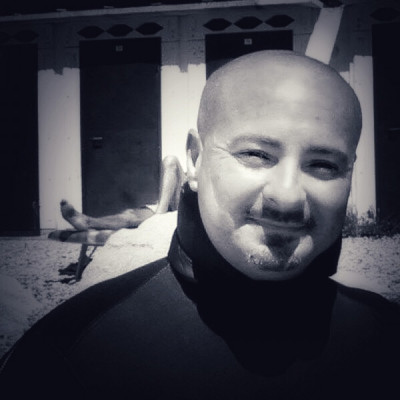 | Franco Iannello For about a year I have been shooting using an infrared mirrorless camera. My shots are only in b & w, I'm still studying the post production which, for me, is not easy. I was delighted to look at the images, the colors, the imagination and the creativity used. Some appear three-dimensional. A fantastic reportage in the infrared world, not unknown, but which requires a lot of calm and a lot of love and passion. Thanks to Rob for giving me the opportunity to observe reality with a surreal vision. Thanks to Yvette for taking care of the publication. Special thanks to the photographers and their unique and magnificent creations. Franco |
 | Yvette Depaepe CREW Thank you so much in the name of Rob, the authors and myself, Franco ! |
 | Rob Darby PRO Thank you for the fine comment Franco. I am very glad that you enjoyed the article. |
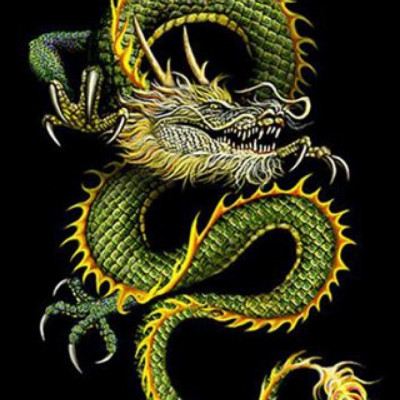 | Francisco Goncalves PRO Amazing compilation of images, I really enjoy navigating through them, recalling sceneries seen in the past and almost forgotten... Good work. |
 | Rob Darby PRO Thank you Francisco |
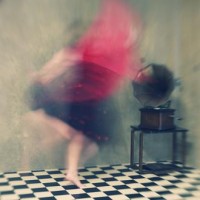 | Mel Brackstone PRO What a beautiful set of images! Thank you for sharing. |
 | Rob Darby PRO Thank you, Mel. Your infrared portraits are amazing. |
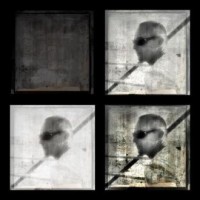 | Paulo Abrantes PRO Thank you for selecting my pictures for this article. Wish you all a great and safe weekend ahead. |
 | Rob Darby PRO Thank you Paulo. |
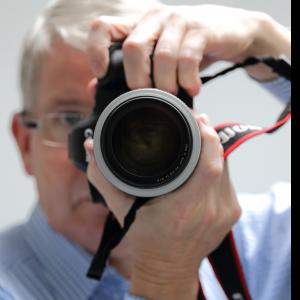 | Wicher Bos CREW Thanks for this interesting read and selection! I really enjoyed it. |
 | Rob Darby PRO So glad you enjoyed it. Credit to Yvette for her editing of the article. She knows how to make it most interesting. |